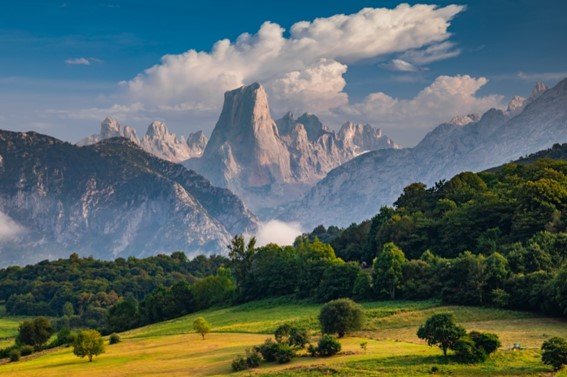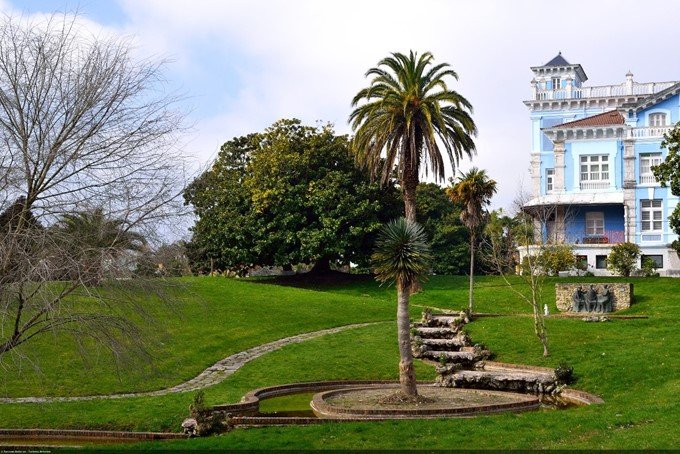Asturias: Spain’s Pearl of the North where tradition meets modernity
by Bruno Lopez, General Manager of Asturex
The first surprise that Asturias has in store for its visitors reveals itself from an aerial approach. High, steep, green mountains coexisting with long, beautiful beaches. It’s a natural paradise extending through the plane window. This small region sits in the northwest corner of Spain, right by the Cantabric sea and guarded by the Cantabrian mountain range. Named by the famous National Geographic as “Spain’s best kept secret” it is perhaps the magazine reporter Stephen Pelan that best captured Asturias soul in a recent article: “Ancient yet undiscovered, the dramatic landscape of Asturias reaches into coastal caves and mountain caverns that hold the secrets to thousands of years of mythology, history, and gastronomy.” It is exactly the combination of history, Celtic heritage and tradition, gastronomy, landscape and pure nature that makes Asturias and unforgettable visit.
But Asturian history has also been told in their factories and mines. Once a coal mining superpower, with a heavy metallurgic industry, nowadays it has positioned itself as the perfect spot for industries and companies of all kinds: With plenty of space and facilities for industrial operations, good connections with the rest of the iberian peninsula and two ports recognized for their excellent geographical location in the centre of the European grid, particularly advantageous for international traffic between the American continent, Northern Europe and Africa, Asturias emerges as an important industrial hub of Spain. Metal, Renewable Energy, IT, food and beverages and manufacturing are only some examples of industries where Asturian companies have been particularly successful. A university that has been producing top talent for decades and plenty of innovation centers complete the painting of a region that has perfectly combined industry with nature, tradition with modernity.
A gateway to South America
But Asturias hides yet another surprise. Deep, historical ties with Central and South America, roots planted more than 100 years ago. It is estimated that more than 300.000 Asturians crossed the Atlantic Ocean between 1840 and 1940, mainly to Cuba, Mexico and Argentina. It was a way to escape from agricultural crisis, and the hope for a better life. Some made their fortunes and came back. Some stayed forever. But the connection with their homeland never fade and passed on generation after generation. So, you should not be surprised when you drive by the Asturian coastline and spot a palm tree, as it is the mark of a family that came back from the Americas, “indianos” as they are called in Asturias.
Today, that connection is perhaps more relevant than ever. Asturias prime football clubs, Sporting de Gijón and Real Oviedo, historical Spanish clubs that are now fighting to return to top level 1st Division of La Liga, are owned by Mexican groups. Asturian food and beverage companies are present in supermarkets all along Mexico, Argentina, Dominican Republic and other Latin American Countries. The IT sector is one where the exchange flows both ways. And Asturian engineering and metal companies have won projects all along the continent.
The gateway opened by young Asturian emigrants more than a century ago is now a constant flow of economic, cultural and social interchange, and it should be used by Finnish companies as a channel of access to a faraway continent.
For more info:


